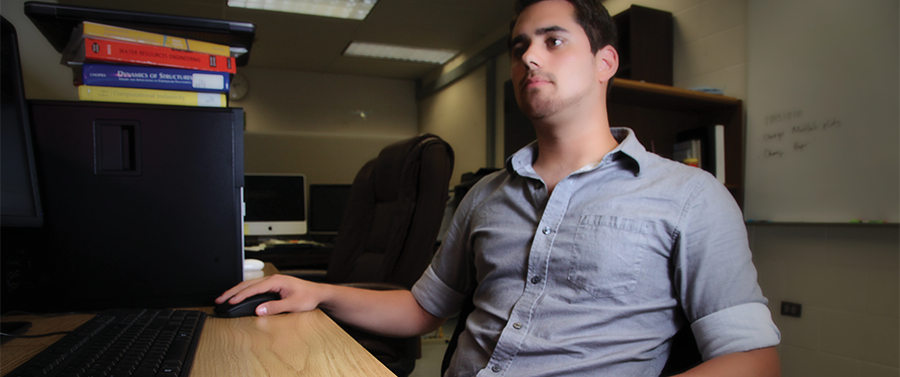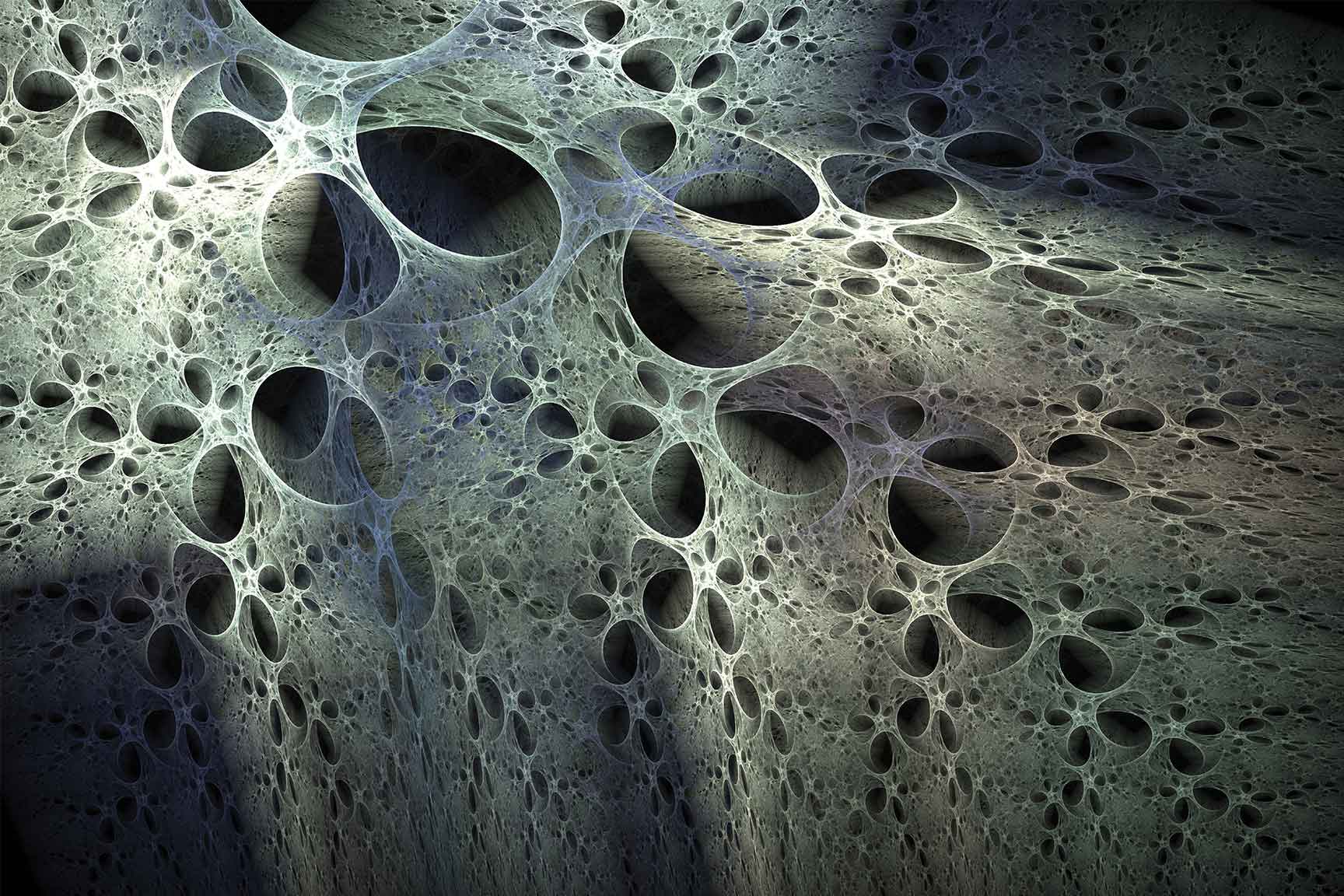


When an ancient science, like civil engineering, meets modern technology, like smartphones, there are going to be stress points.
Structural engineers hate those.
Armando Gomez-Farias, who will earn his bachelor’s degree in civil engineering in December 2013, and already has a smartphone, thought there had to be a way to use one to facilitate the other. Since bridges and buildings can’t be moved to the lab for structural integrity analyses, it seemed logical to Gomez-Farias to bring the lab to them.
“Smartphones, using mobile apps, have the potential to solve problems in the field and on the spur of the moment,” he says. “The convenient access to the output mobile applications often means the designer spends more time focusing on providing efficient and creative solutions rather than performing structural analysis and design calculations.”
The only flaw in Gomez-Farias’ thinking is that no such app exists. And, while it’s a good idea, he’s in the wrong field. He’s a civil engineer, not a computer engineer. Fortunately, he’s at the right university and doesn’t mind stretching himself.
In analyzing his research goals Gomez-Farias realized he had two objectives instead of just one. He wanted to learn sensitivity analysis in order to identify critical material parameters, and no less importantly, he wanted to create a mobile app to determine whether a non-computer engineer could do such complex programming. That marriage of two engineering disciplines was the heart of his research project with Dr. Arturo Montoya and his thesis work with Dr. Manual Diaz.
“It is extremely rare for an undergraduate student to do the kind of research I am doing. I am grateful to the university and Dr. (Arturo) Montoya and Dr. (Harry) Millwater for this opportunity. Even graduate students aren’t often allowed to do the type of research I am conducting. It is a big deal for the university to extend this level of trust to its undergraduate students and it is critically important for my future career that I am afforded these kinds of opportunities at UTSA.”
“I asked Armando to join my research team after evaluating his performance in my graduate finite element class,” Montoya said. “Armando was the student with the highest score in my graduate class as an undergraduate. I let Armando know that doing research will enrich his undergraduate experience and have him acquire unique skills. Classes introduce students to the basic material they need to know to work on their field, but research helps them master the concepts as undergraduates. It also teaches students to work on their own and have high level discussions with faculty members.”
The program Gomez-Farias is creating will have to meet some exacting standards. It will be written to satisfy the American Concrete Institute (ACI) Building Code Requirements for Structural Concrete (ACI 318-11), the American Society of Civil Engineers (ASCE) Standard 7-10, Minimum Design Loads for Buildings and Other Structures (ASCE 7), and according to the Strength Design or Load and Resistance Factor Design (LRFD) method.
“My goal is to guide the user through the analysis and design process in a straight–forward and user–friendly manner,” he explains.
“The program will be first written and developed using MATLAB software. Once the code has been tested and proven to be working appropriately, it will be translated into C-Objective in order to implement it into a mobile application suited for iOS devices. To accomplish this, the mobile app will be programmed using XCode, a Mac OSX Integrated Development Environment (IDE) that contains a suite of software development tools for iOS applications. Finally, the app will be tested using XCode simulator. The tests will consist in typical case scenarios encountered in the field by structural engineers.”
“I want to be a very successful Mexican-American Master of Civil Engineering who can help society by providing safe roads, bridges and buildings. Obstacles, however challenging, can always be overcome. Attending UTSA has played a critical role in enabling me to reach my career and personal goals.”
Gomez-Farias considers his current research his crowning achievement. “It is something new and it has significant implications in the world of engineering. The research being conducted here has world-wide practical implications.”
—Randy Lankford